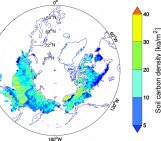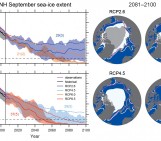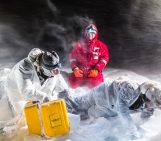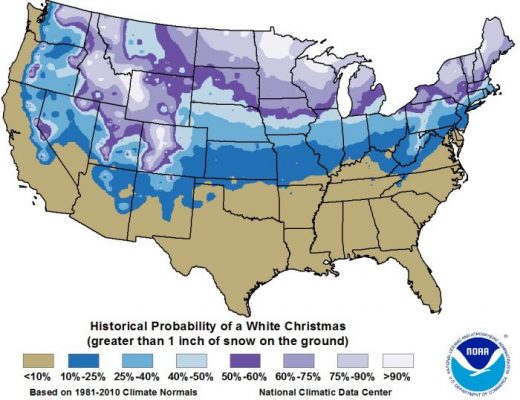
Christmas is coming to town and in the Northern Hemisphere many of us are still dreaming of a white Christmas, “just like the ones we used to know”. But how likely is it that our dreams will come true?
What is the definition of a White Christmas ?
Usually Christmas can be defined as a “White Christmas” if the ground is covered by snow on either Christmas Eve or Christmas Day depending on local traditions. If you believe Christmas movies, it seems like Christmas was accompanied by snow much more often in the past than today! But is this really the case, or is it just the “Hollywood” version of Christmas? According to the UK Met Office White Christmases were more likely in the past. Due to climate change, average global temperatures are higher, which in many places reduces the chance of a White Christmas. However, the chances of a White Christmas also depend strongly on where you live…
Living in Western or Southern Europe, the Southern US or the Pacific coast of the US? Unlucky you!
Not too surprisingly, most of the inhabitants of Portugal, Southern Spain, and Southern Italy have probably never experienced White Christmas in their hometown. Maybe more counter intuitively the probability of a White Christmas is also low in most of France, the Netherlands, Ireland, and the Southern UK! In the US, the probability of a White Christmas increases from South to North, except on the Pacific Coast, which has a very low probability of a White Christmas.
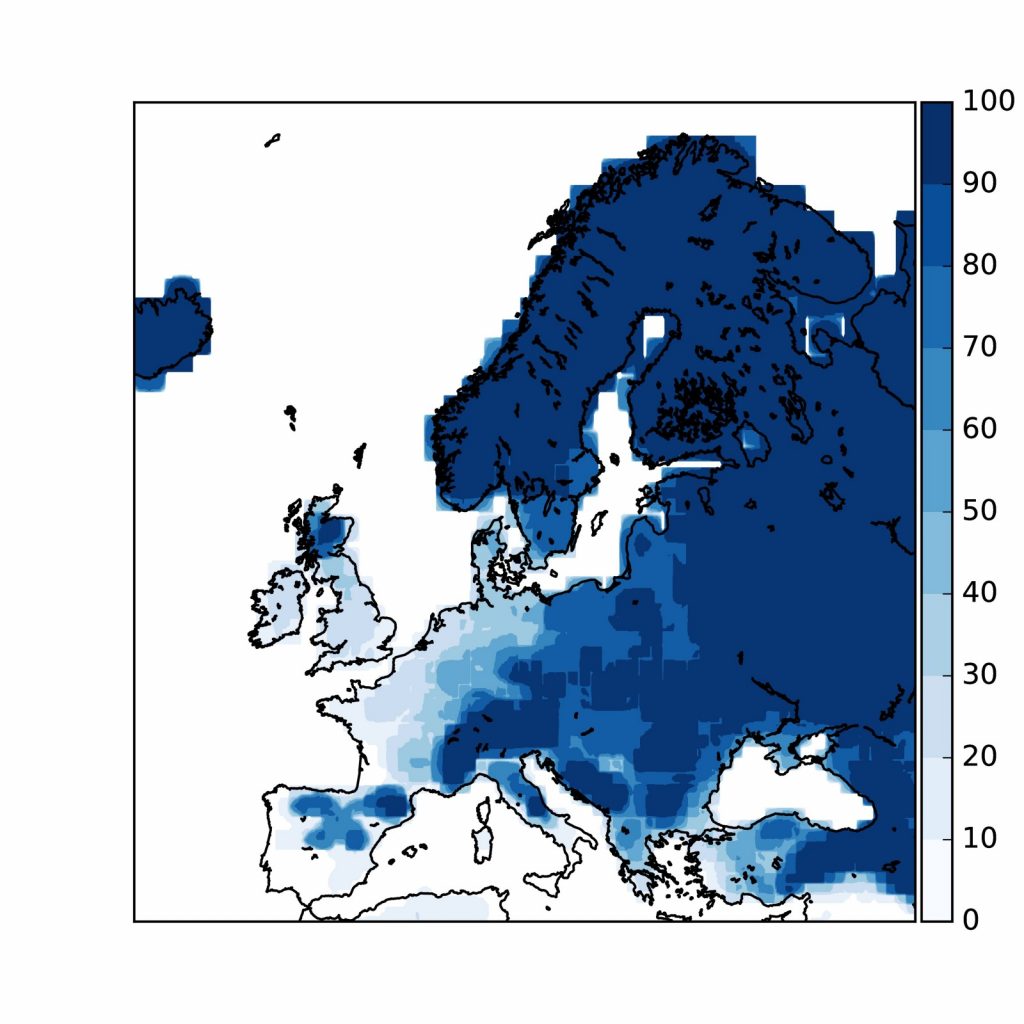
Probability of a White Christmas in Europe (snow on the ground on 25th of December), inferred from reanalysis data (ERA Interim from 1979-2015). Probability [in %] increases from white to blue [Credit : Clara Burgard, Maciej Miernecki. We thank the ECMWF for making the data available]
What influences the probability of snowfall on Christmas?
The mean air temperature decreases with altitude and latitude, meaning that chances of a white Christmas increase the further North and at the higher you travel. However, coastal regions represent an exception. The air often has traveled over the ocean before reaching land. As the ocean is often warmer than the land surface in winter, the air in coastal regions is often too warm for snow to form. Additionally, in the Northern Hemisphere, ocean currents on the Western coast of the continents tend to carry warm water to high latitudes, while ocean currents on the Eastern coast tend to carry cold water to low latitudes. The probability of snowfall is therefore even lower in Western coastal regions (e.g. Pacific coast of the US, Atlantic coast of Europe).
Don’t despair !
If you want to increase your chances of experiencing a White Christmas, you have three solutions:
- You already live in an area with high probability of White Christmas (lucky you!) – Sit tight and do a “snow dance”, here is one suggestion that we have heard works well:
- Travel or move to one of these 10 suggested destinations (e.g. St. Moritz, Swizerland)
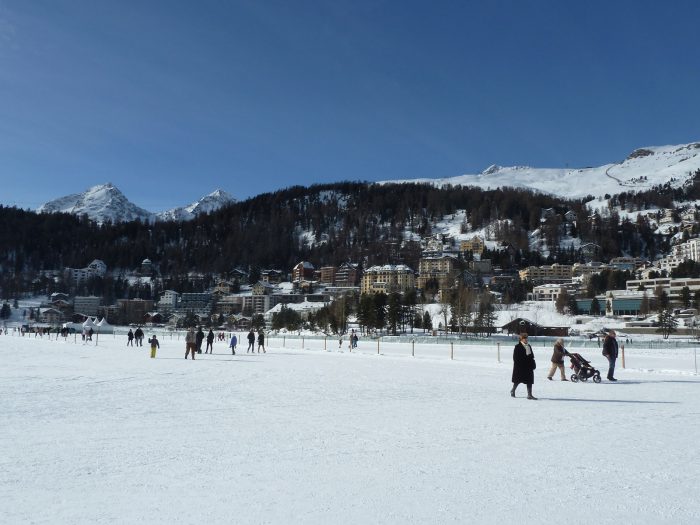
Frozen Lake St. Moritz in Winter 2013 [Credit: Wikimedia Commons]
- Build your own snow with this simple recipe!
http://playtivities.com/how-to-make-snow/
We hope that you find a satisfactory solution that makes you happy this Christmas. Otherwise, remember that snow is not the only thing that defines Christmas. Enjoy the relaxed time with family and friends and prepare yourself for the coming new year! If you find yourself at a loose end, then there is always the back catalogue of EGU Cryosphere Blog posts to read – and we guarantee a healthy dose of snow and ice can be found here.
So, this is it from the EGU Cryosphere blog team for 2016. See you in 2017 – after all, the snow must go on…
Further reading:
- MetOffice website with interesting facts around White Christmas!
Edited by Emma Smith

